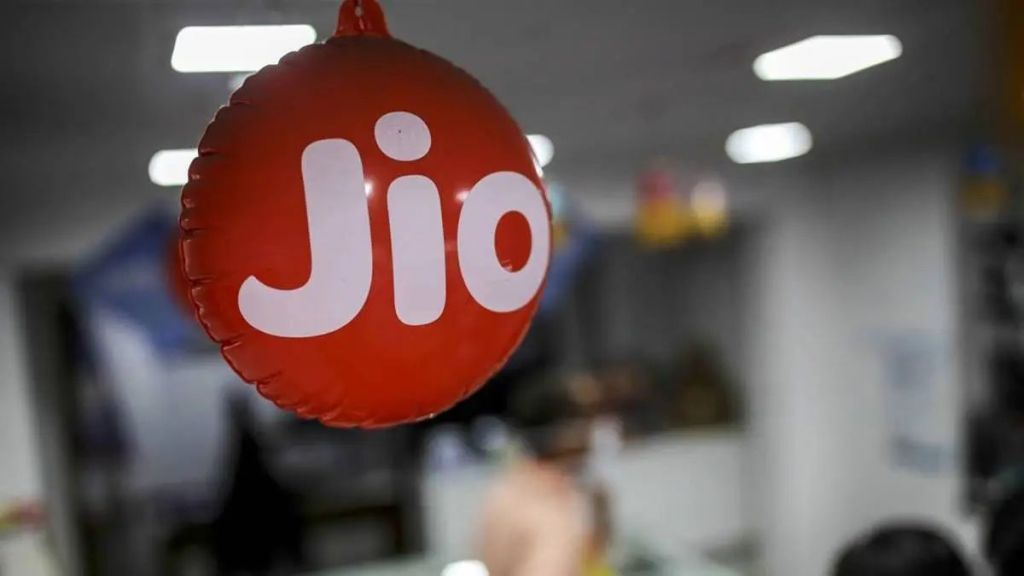While the absence of tariff hikes has slowed down the revenue growth of telecom operators in October-December quarter, continuous weakness in active subscribers addition by India’s largest telecom operator Reliance Jio could further delay any hike in headline tariffs by the operators.
Peers Bharti Airtel and Vodafone Idea have been pressing for broader tariff hikes for better average revenue per user (Arpu) and to improve their return on capital employed, however, they fear losing market share if the market leader Reliance Jio does not hike the tariffs, analysts said.
In December, Reliance Jio continued its under-performance in the additions of active subscribers for the second straight month, compared to peer Bharti Airtel which witnessed the highest additions of active users in nearly two months, according to data by the Telecom Regulatory Authority of India (Trai).
“During the six-month period ending Feb 21, Jio’s active subscriber adds were lower than Bharti by 20 million, leading to lower tariffs and bundled offers being announced by Jio in March 21 for feature-phone users. A continued underperformance in Jio’s subscriber additions vs Bharti as seen in Nov/Dec-22, could lead to delays in tariff hikes,” brokerage house Jefferies said.
Out of the total 8.6 million additions in the active subscriber base during the month, which is the highest in 10 months, Airtel added 6 million subscribers whereas Jio’s additions were around 2.96 million. With a 0.12 million fall in active subscribers during the month, Vodafone Idea continues to lose active subscribers for the ninth straight month.
If the last six month’s performance is taken into account, Airtel net added 7.8 million active users, Jio trailed with 7.7 million additions in active users. As of December end, Airtel’s total active subscribers were at 365 million, while that of Jio were at 391 million.
In November, Reliance Jio witnessed the worst fall in its active subscribers base in nearly two years and the reasons for the same can be attributed to SIM card consolidation, the purging of inactive users by the operator, and upgrades from the feature phones to smartphones, analysts said.
According to some analysts, Jio is losing active subscribers largely at the JioPhone subscriber base and lower-end users. Further, it is also because the company removes inactive subscribers after 90 days.
“While some consolidation in the subscribers’ base has happened owing to inflation, overall increase in data consumption is a positive trend and that will continue to drive the growth in active subscribers numbers for the industry,” said Mahesh Uppal, director at ComFirst (India), a telecom policy consulting organisation.
Despite weakness in revenues and arpu growth in the last three quarters, Jio currently continues to focus on increasing its market share, and therefore it is not looking at tariff hikes at present.
On the other hand, peer Bharti Airtel had already hiked its entry-level tariffs in the base plans by 57% in the 17 circles. While in the two circles, the operator did not witness much impact on the subscribers base.
“Bharti has continued to gain share in both these circles even in Dec 22, indicating limited impact of the tariff increase and is in line with the management commentary as well. Bharti’s targeted rural expansion also seems to be gaining traction, with Bharti gaining 80% of the subscriber addition in B-Circles and being the only telco to gain subscribers in C-Circles,” Jeferries said.
However, the company said that it would not go for broader tariff hikes as of now. “As we have always mentioned, it’s just that we can’t do this unilaterally and if we do it and lose market share then to draw that market share back would actually be far more difficult. In the case of entry-level plans, it was a calculated bet,” said Gopal Vittal, MD and CEO (India and South Asia) in the post-earnings call with analysts.
As of December end, Reliance Jio has a wireless subscribers’ market share of 37.14%, followed by Bharti Airtel at 32.16%, and Vodafone Idea at 21.11%.


